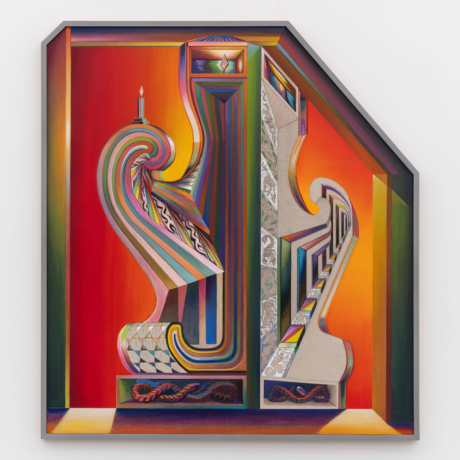Writer Sofia Hallström talks to gallery founders Rose Easton and Silke Lindner about their approaches to their jobs and about a recent collaboration between the two of them in London and New York.
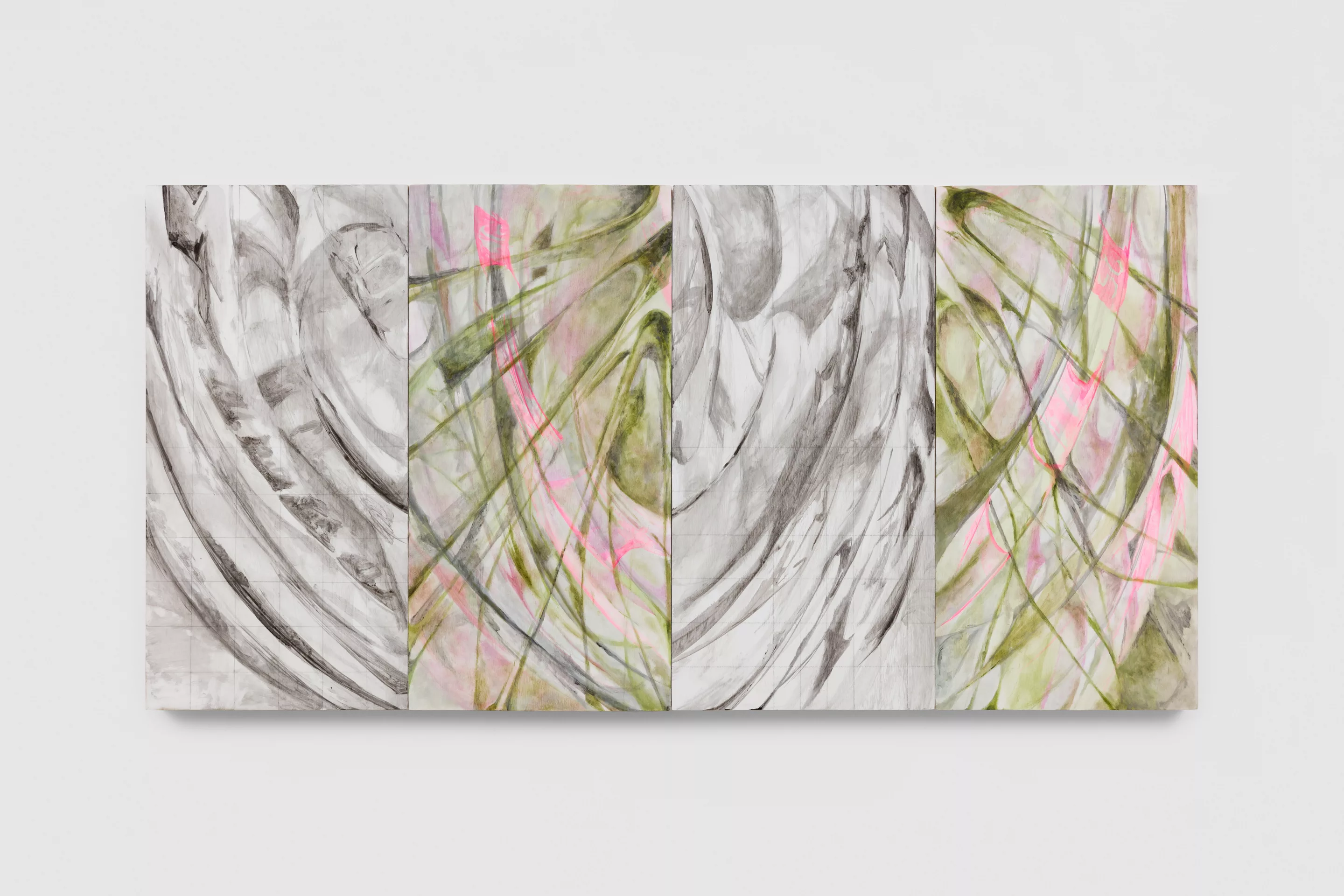
Rose Easton and Silke Lindner are two gallery founders making waves in the contemporary art scene. After meeting in New York last year, their paths have intertwined, leading to a collaborative exhibition in their respective spaces in London and New York. Sofia Hallström sat down with Rose and Silke to discuss their inspirations, curatorial approaches, alternatives to the art fair model, and how they established their galleries. They are speaking over Zoom, just before the second iteration of the exhibition exchange in New York at Silke Lindner’s gallery space is set to open.
SH: I’d love to know a certain object or a specific place or space that has significantly inspired your work and your desire to set up a gallery.
SL: I can’t pinpoint one specific space or object that inspired me to open the gallery. It’s more about the artists I admire and want to showcase—they inspire me in general. I’ve worked in galleries for over ten years, so it’s really an accumulation of all that experience. I didn’t set out with a plan to open a gallery. It just happened.
RE: In terms of curatorial ethos and creating worlds, Sadie Coles has been absolutely influential. Even when I worked in fashion, I visited Sadie Coles’ gallery religiously, especially the original one on Kingly Street. I always fell in love with those shows. Another major influence is Sir John Soane’s Museum, which is probably my favourite place ever. The idea of being overwhelmed by objects, trinkets, and works is something I really love. That sense of immersion and fascination is something I strive to bring to the gallery.
In 2021, my friend Tom Shickle randomly called me and said, “We can have this space for six months. Do you want to set up a project space or test out a gallery with me?” I said yes on a whim, intending it to be a six-month side hustle that we did on weekends. But then, it developed into a full-time gallery because I enjoyed working with artists so much and wanted to continue working with them.
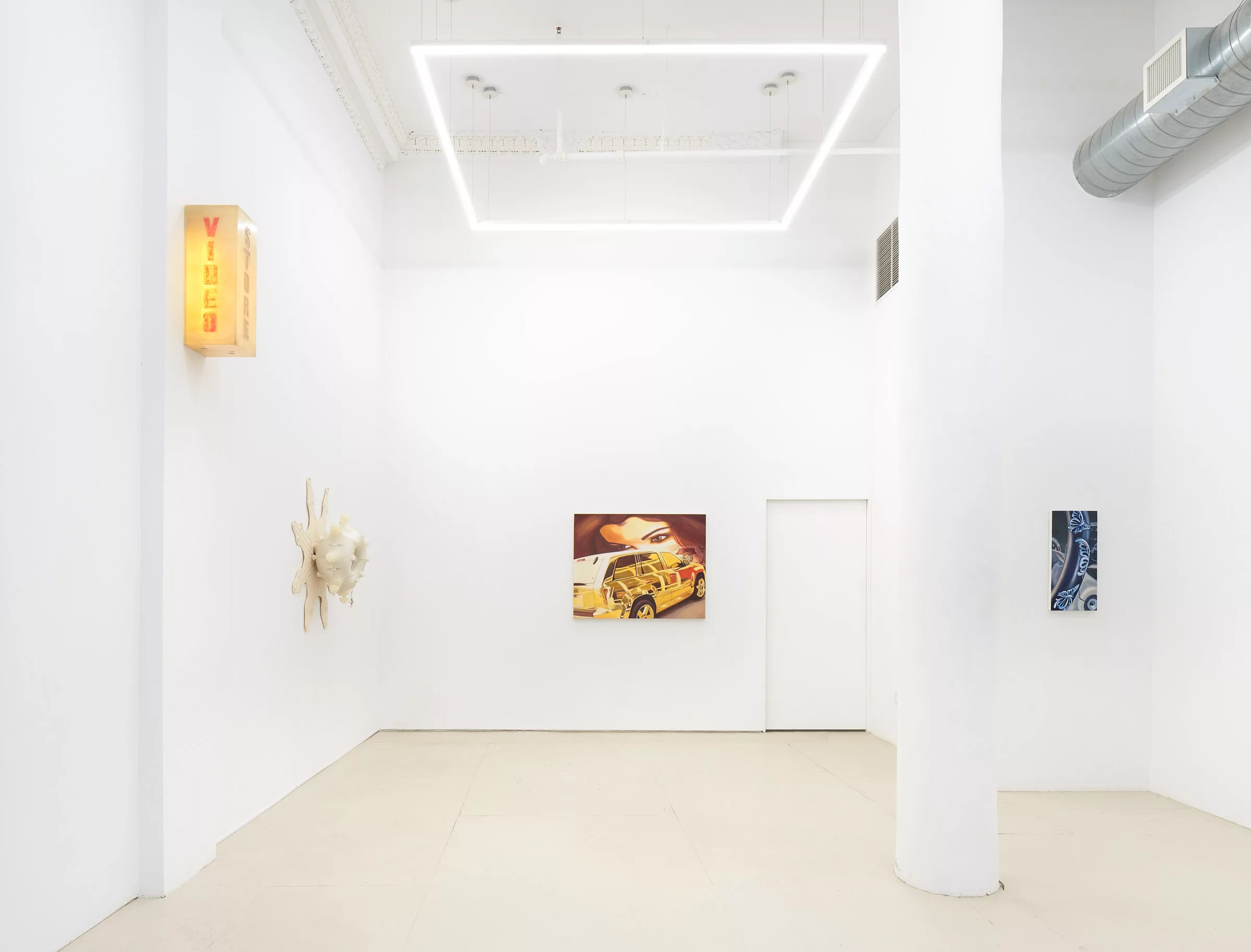
SH: Can you both tell me a little bit more about your respective galleries and maybe about the artists as well that you represent?
SL: I opened the gallery one and a half years ago. I currently represent four artists: Emma Kohlmann, Lyric Shen, Ang Ziqi Zhang, and Nina Hartmann. I had worked with Emma Kohlmann before at Jack Hanley, where I was the director for five years. I introduced her to the program there, and when I opened my own space, she joined me. Through Emma, I discovered Nina Hartmann, and then Lyric Shen and Ang Ziqi Zhang, who are all connected and know each other.
All the artists I represent are emerging, and their mediums vary widely. In the beginning, people often asked about the curated vision or roster, but I prefer to take things step by step rather than predetermine what I want it to look like. I think having a fixed idea could exclude many artists and opportunities. It’s more interesting to let it develop organically.
RE: One of the best pieces of advice I got when starting out—similar to what Silke was saying— came from a gallerist I really looked up to. They said, “Don’t try to define your program too early on. Go with your instinct and what feels right. Eventually, you’ll look back and see what your program is, but not defining it early allows it to develop organically.” This advice has been invaluable. Over time, your interests will shape the program naturally. If you decide too early what you are, it can be really limiting. I didn’t have a set vision at the beginning, and setting one could have changed the entire course of the gallery.
Looking back, the gallery has been running for nearly three years now, from the start of the project space until now. I’d say there’s a focus on sculpture or artists who think in sculptural terms, whether it’s installation-based work or considering how art interacts within a space. Our exhibitions always feel like complete environments, focused on world-building and thoughtful exhibition design.
My husband Liam and I run the gallery together, and we represent six artists. Arlette, a young Mexican artist based in Guadalajara, works predominantly with metal, negotiating its connotations in Mexican culture with humour and sensuality. Jan Gatewood, a young American artist in Los Angeles, works exclusively on paper, challenging the value system around painting and addressing themes of race and representation. Eva Gold, a young British artist in London, has a practice rooted in cinema and its mechanisms, spanning sculpture, text, and drawing. Amanda Moström, a Swedish artist based between Sweden and London, works in sculpture and photography, often using her family as material. Louis Morlæ, based in London, is preparing for a solo show at Somerset House, engaging with 3D technologies and speculative futures. Lastly, Tasneem Sarkez, who we just announced representation, splits her practice between painting and sculpture, exploring modern Arab identity and meme culture as a young Arab woman growing up in post-9/11 America.
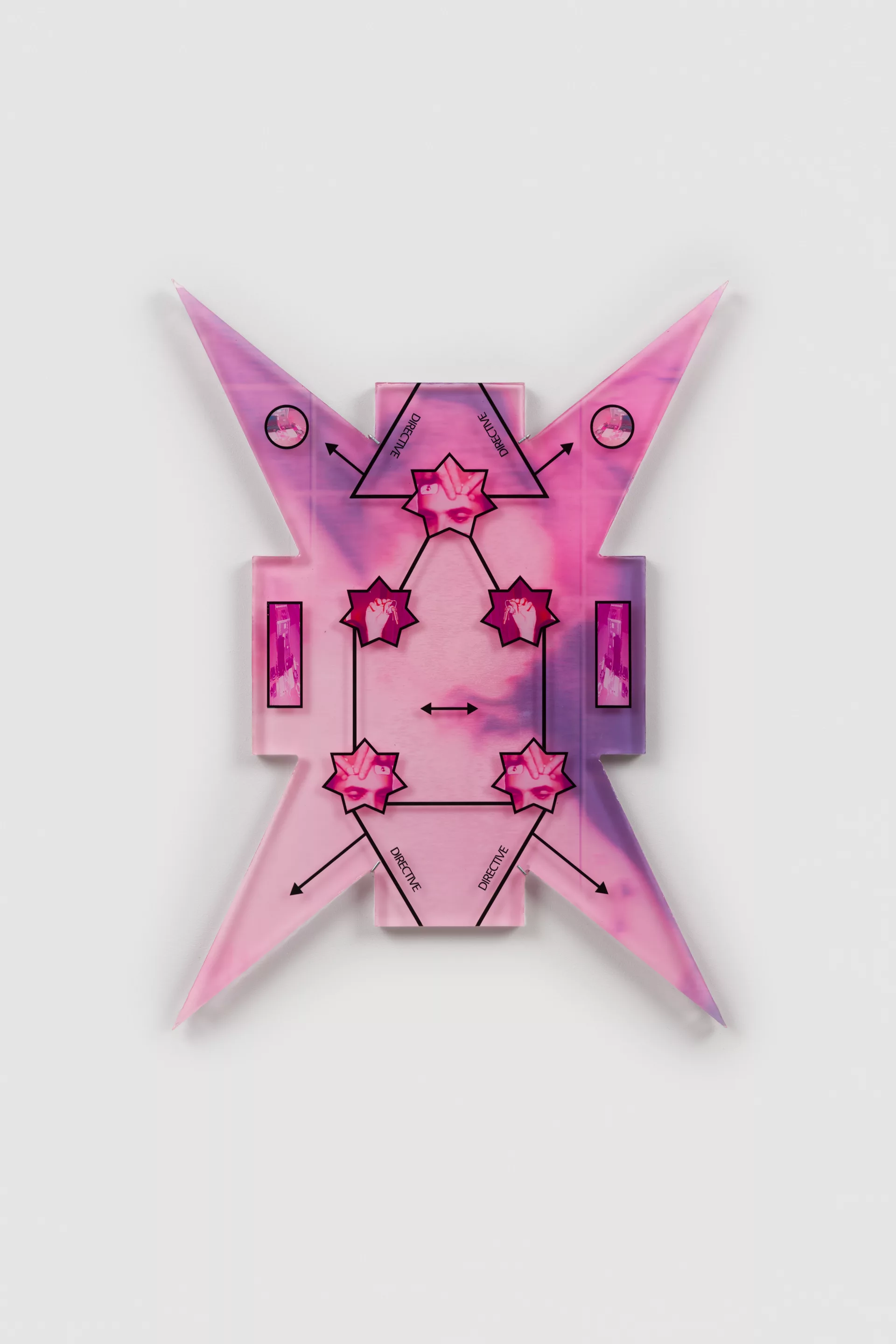
SH: How did you both meet each other? How did the idea for this collaborative exhibition between the two galleries come about?
SL: Last May, during Frieze week in New York, we met at the gallery and hit it off. We already had some overlap in our programs with artists like Jan Gatewood and Eva Gold, and we continued to talk a lot. Pretty much at the same time, we both had the idea of doing a collaborative exhibition across both spaces. I don’t even remember who suggested it first—it really came up simultaneously.
We thought it would make sense to do the exhibition in the summer, showing each other’s programs in the other city. Many of my artists haven’t shown in London or Europe much, and vice versa. So, it seemed like a great alternative to the expensive fair models, allowing us to give our artists more exposure in new locations.
SH: Do young galleries generally foster more of a supportive environment?
RE: I feel lucky to be in a location where I’m the youngest gallery among some hugely respected ones, like those on Herald Street. Herald St, Maureen Paley, Mother’s Tankstation and Project Native Informant. These galleries, which I have always looked up to, have been incredibly generous with information and support, welcoming me into the neighbourhood. I have to say, I was surprised by this at first because, like you mentioned, that wasn’t necessarily my perception. I didn’t expect to be so warmly welcomed.
Quite a few galleries have opened in London in the last three years, and they’ve mostly found an extremely supportive network. Everyone goes to each other’s openings, and there’s a lot of shared information and resources. It’s also been nice to develop relationships with galleries in different countries. It’s really interesting to share experiences of what it’s like to be in different cities, as each ecosystem is entirely different. The scene here [New York] is so different from London, Paris, or elsewhere.
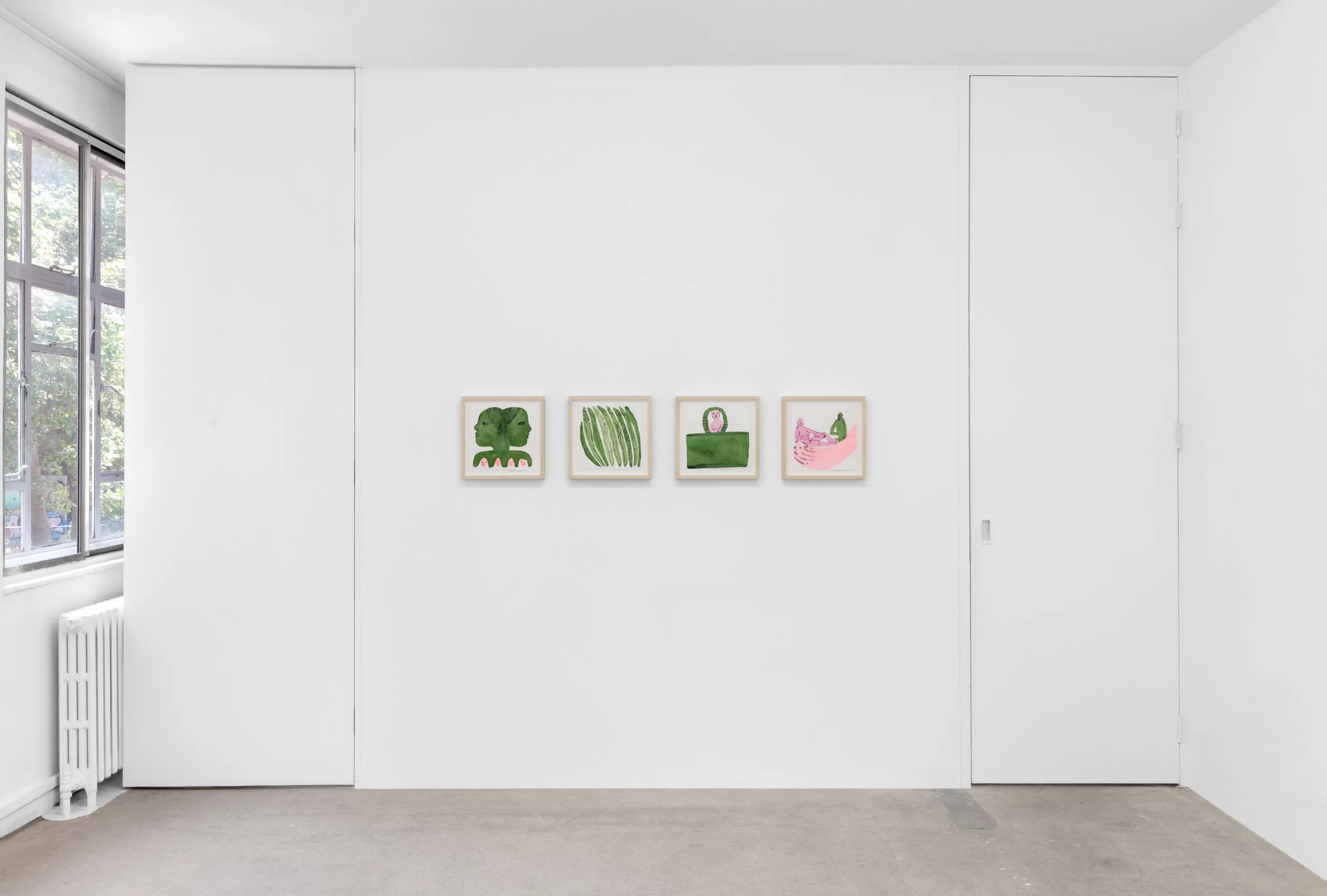
SH: Could you speak more about the curatorial angles you’ve explored in this collaboration? How has working together influenced your perspectives on curating?
RE: The main idea was to showcase the artists we represent. At one point, we considered adding a theme or taking a more curatorial approach, but we decided against it. We wanted to highlight the diversity of practices, and while there are some common threads, they weren’t enough to build a cohesive theme around. It was more about presenting our program as it is. The exhibition came together great, but there isn’t a grand overarching theme. The shows work well together, but other than featuring five artists from each gallery, there isn’t much more to it.
This collaboration has highlighted the benefits of working together in new ways, which I hadn’t done before. It’s important to start allowing more flexibility and not trying to control everything so tightly if you want to grow. Our recent exhibition, Vampire-Junkie, was our first experience with an external curator. Having someone like Blue Marcus come in to curate the show was a new and exciting opportunity for us. Now, with Silke coming in and essentially curating the show at our gallery, this open exchange and new dialogue have been quite liberating. It allows for new conversations and perspectives.
Trusting each other to take over the space has worked out really well in both cases. It’s good to know we haven’t killed each other yet!
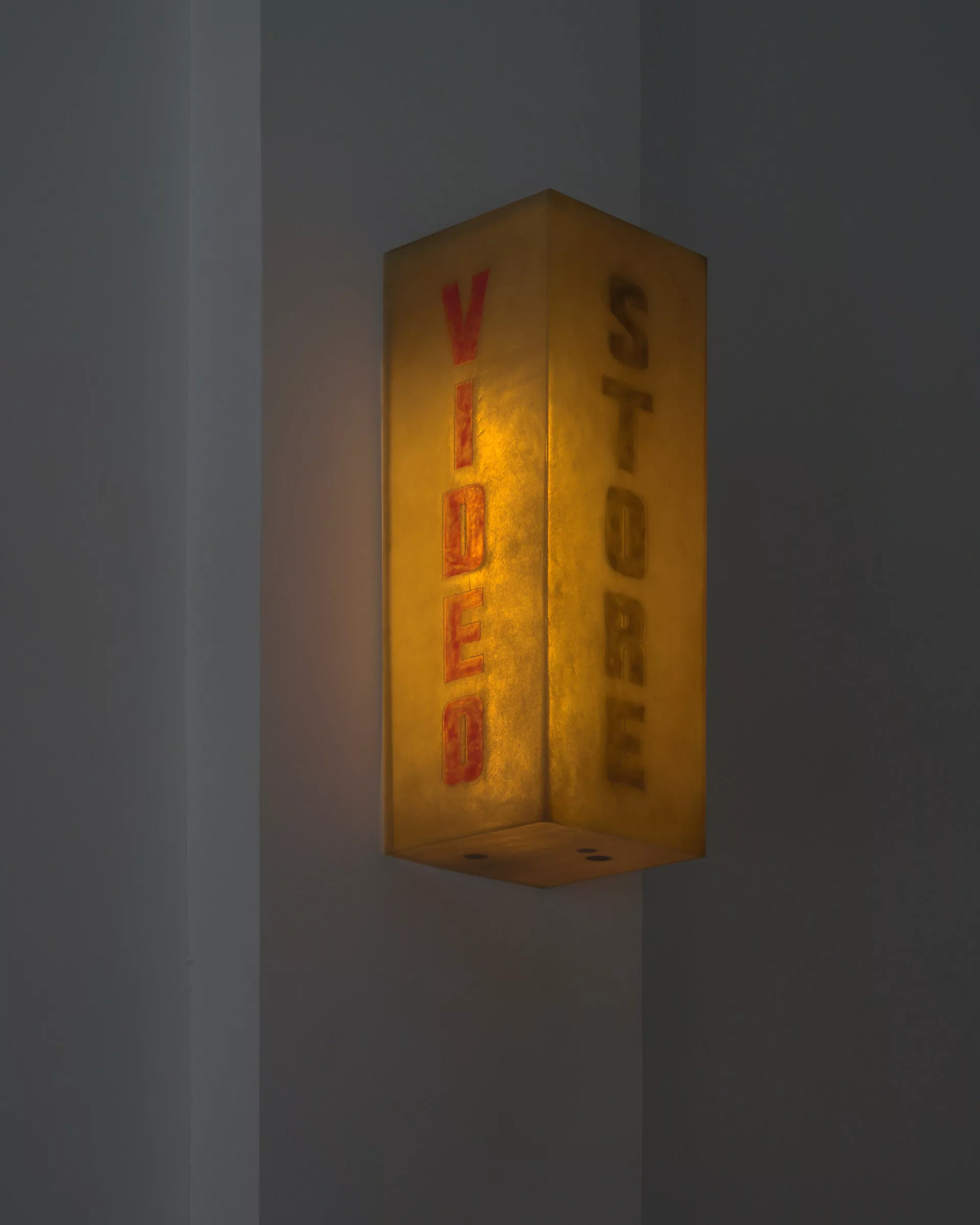
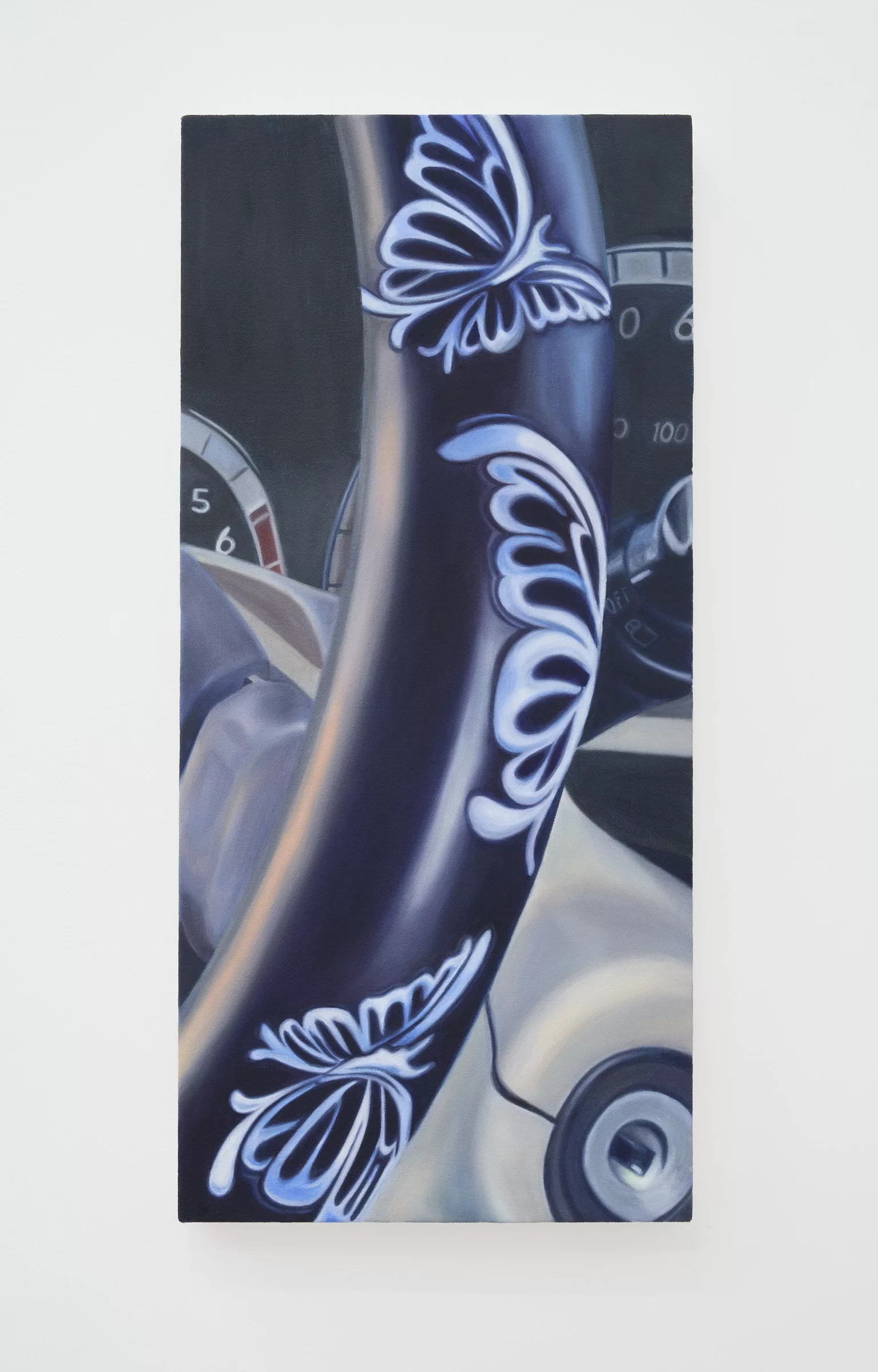
SH: How do you think this collaborative exhibition reflects the current trends in the art world?
RE: I think the conversation around the need to do things differently is well underway, especially regarding sustainability. Is it viable for galleries to participate in numerous fairs each year, shipping work worldwide and travelling constantly? While we can’t fully speak to that, since we’ve travelled to different countries for these shows, there’s a recognition that fairs have become less bankable. It’s no longer a given that participating in a fair guarantees success, and they demand significant physical, mental, and financial resources.
SL: Fairs still serve a purpose, like meeting new people, but are there other ways to achieve the same goals? Given how many galleries are closing, even though new ones are opening, it’s clear that the current model isn’t working for everyone. Each generation brings new ideas, often thinking they’re the first to innovate, but many galleries have tried different approaches before.
There is definitely a spirit of doing things differently now. Some galleries curate shows in other spaces under their own name, try collaborative exhibitions, or explore shared representation models rather than larger galleries taking over artists. Many are testing new methods to see what works.
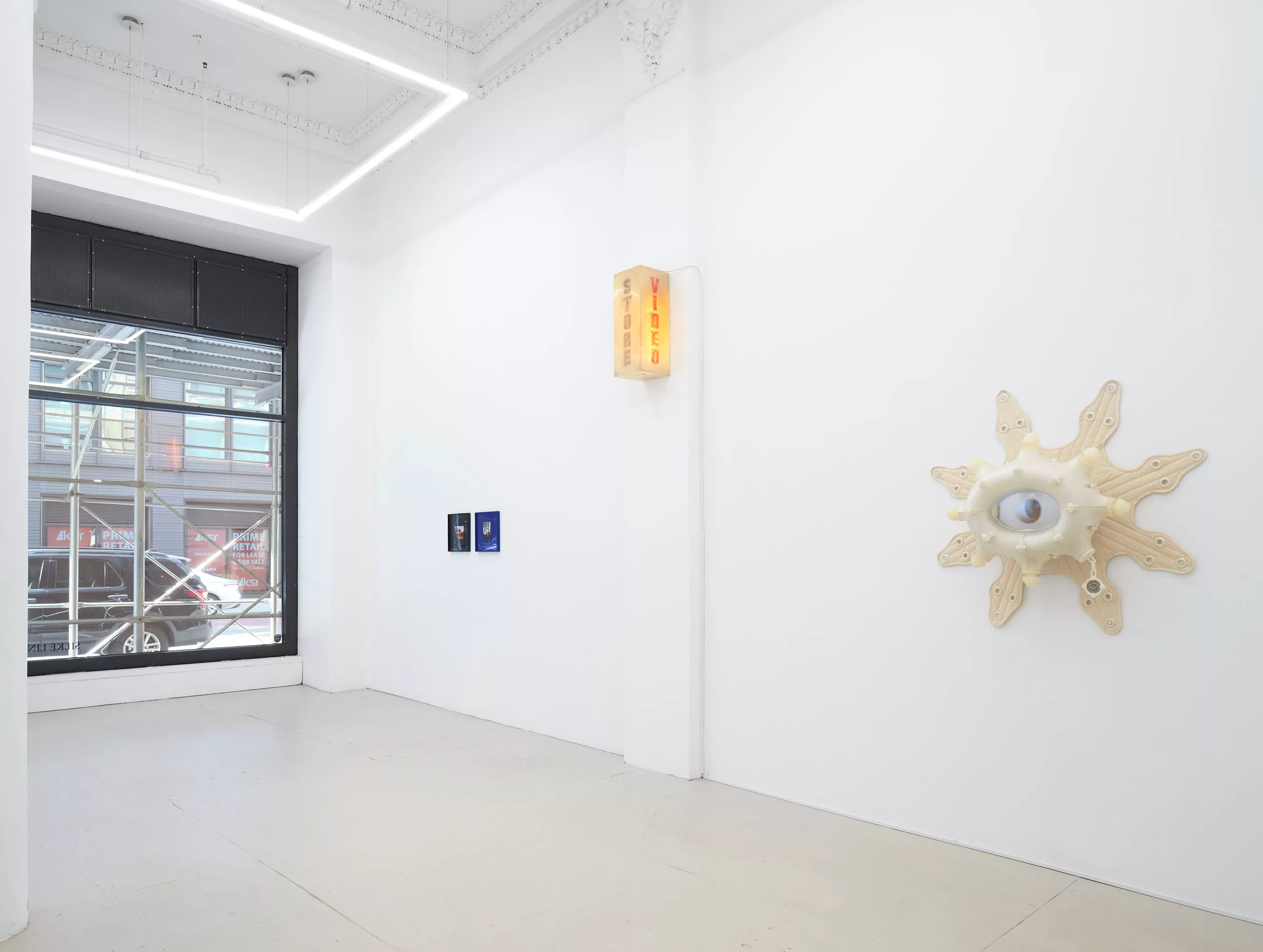
SH: What are your future plans for your galleries? Are there more collaborations on the horizon?
SL: I haven’t had any other collaborations yet, but I’m open to it. I’ll be closed for August and then reopen with Sylvie Hayes-Wallace for her first solo show at the gallery. Right now, I’m focusing on the program and figuring out next year’s plans.
RE: I believe fairs are still important for meeting people, but I’m open to new models, like sharing fair booths, which is beneficial for young galleries. I’m definitely interested in exploring different ways of collaborating. Earlier this year, we participated in Condo Mexico City, hosted by Anonymous and Relaciones Públicas, which was an exciting and fun experience.
Looking ahead, the main focus is the gallery program. There are also exciting developments with the artists we work with, planning their trajectories for the next three to five years and figuring out how we can support them. I find it rewarding to work with them individually on their practice and career development. I’m getting into the business side of things, becoming “business Barbie,” and finding excitement in working out new strategies.
Written by Sofia Hallström




